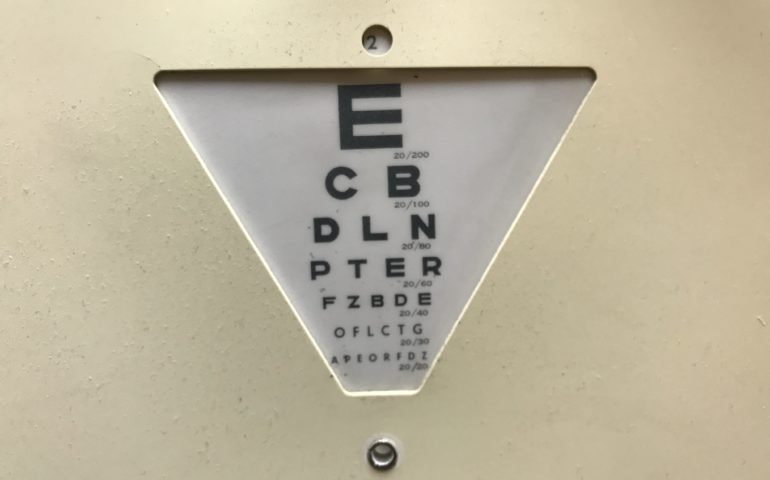Keratoconus is a condition of the cornea. The word keratoconus is formed from two Greek words, kerato, meaning cornea, and konus, meaning cone. The normal cornea is the clear “watch-glass” covering of the front of the eye. The cornea is generally shaped like a dome or sphere. It is primarily responsible for surface protection of the eye and performs a greater degree of light focusing than any other part of the eye.
Keratoconus gradually causes the central area of the cornea to weaken, thin, or bulge. It eventually distorts from its more spherical shape to a cone shape. This distortion may cause significant changes in vision which may begin in the late teen years and may not stop until age 40. While keratoconus can be an inherited bilateral (two eye) condition, many patients have no clear inheritance pattern. It has been estimated to occur in 1 out of every 2,000 persons.
The earliest changes of keratoconus may require frequent changes of glasses. As the corneal distortion worsens, contact lenses may be required to obtain adequate vision. In this case, contact lenses mask the warp or cone-like changes of the underlying cornea. Generally, most keratoconus patients can be safely managed with contact lenses yielding good vision and comfort. In more advanced cases of keratoconus, vision in an eye can be suddenly, yet usually temporarily, lost through an event called “hydrops.” During this process, the stretching cone-area of the cornea cracks, swells and in some cases may causes scars.
When contact lenses can no longer correct vision adequately, or when highly specialized contact lenses can no longer be made to remain comfortably on the eye surface, surgical replacement of the distorted corneal area may be considered. Surgical treatment is found to be necessary in only about 10% of the cases. This surgery is performed using donor cornea tissue to return the eye surface to a more normal shape. Cornea transplants are highly successful (over 95%). Although a transplant may not eliminate the need for glasses or contacts it will likely restore the visual function that keratoconus slowly distorts.
Keratoconus (ker-a-toe-CO-nus)

